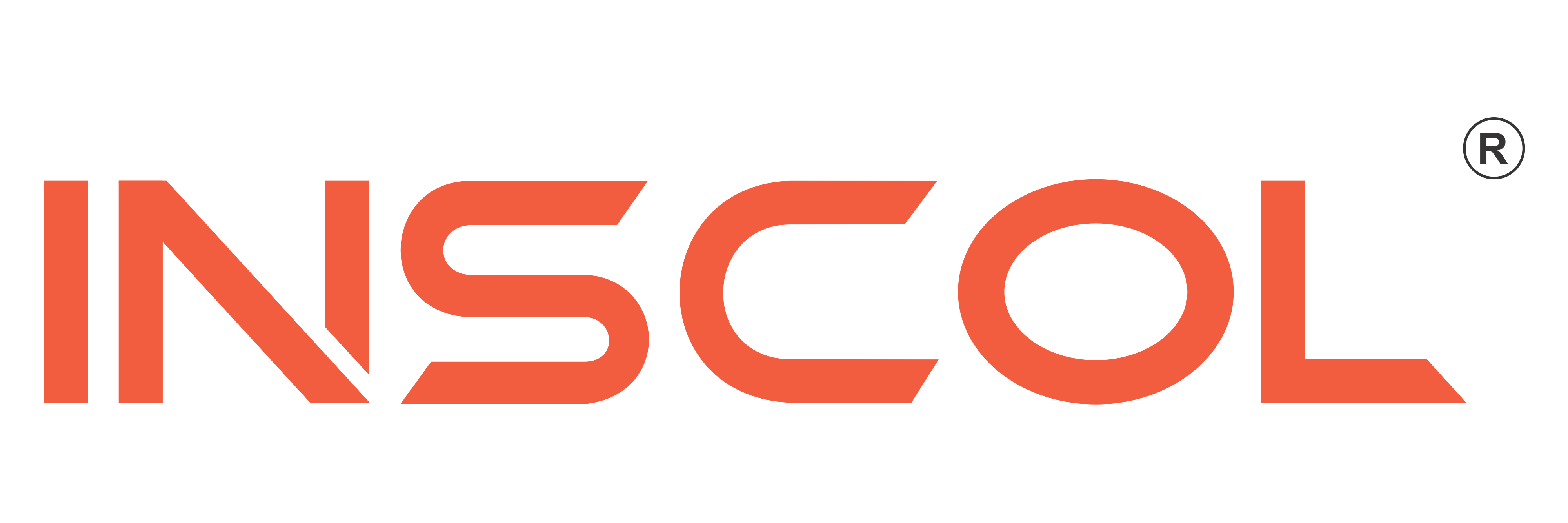Nasogastric tube, also known as NG tube, is a thin, plastic tube that is passed through the nose, down the esophagus, and into the stomach. The purpose of a nasogastric tube can be delivery of food or medicine directly to the stomach, or may be removing substances from it. The process of inserting the tube into the stomach may be called as Nasogastric Intubation or Nasogastric Feeding.
Patients May Need A Nasogastric Tube:
There are certain specific patients who need nasogastric intubation. Premature infants, patients breathing with the assistance of a mechanical ventilator, patients with recent neck or facial surgeries or injuries, just to name few, would be the patients who are most likely to need NG tube. As discussed earlier, NG tube is also helpful when we need to remove a poisonous substance or deliver medicine to neutralize the effect of a potentially harmful substance. Additionally, patients whose contents of stomach are to be examined do also sometimes need NG intubation.
Nasogastric Tube Care
Once the nasogastric tube is inserted through the nose, down the esophagus, into the stomach, the procedure of NG intubation or feeding doesn’t end there. There has to be a proper care of the tube. There are certain risks involved with NG intubation, while inserting and even after the tube has been inserted, the patient has to be under proper watch of a healthcare professional.
There are certain risks of Nasogastric Intubation or Feeding such as –
- Chances are the patient feels some discomfort in case he/she is conscious when the NG tube is being inserted.
- If the NG tube is not properly passed, it may injure the tissues inside the sinuses, throat, esophagus, or may be stomach also.
- The NG tube is to be inserted through the nostrils, down the esophagus, then into the stomach, but, sometimes, it can also mistakenly be passed into the lungs. This may result to the passing of food and medicine into the lungs.
- The NG tube may tear down due to improper handling.
- If the feeding amount is more than the optimum amount, there may be abdominal cramping or swelling.
The risks discussed above, shows that nasogastric intubation or feeding requires care and precautions to be taken. A nursing professional will always need to check for signs of irritation, infection, or ulceration while the NG tube is in place. They can also be asked to change the tape daily so that they keep the skin of the patient free from breaking out or becoming irritated and sensitive.
A Nasogastric Tube Care Course at INSCOL may interest nurses who want to ensure that they can look after patients who are undergoing nasogastric intubation or feeding, in a confident manner. To know more about the course, please visit http://www.inscol.com/india/cce.






